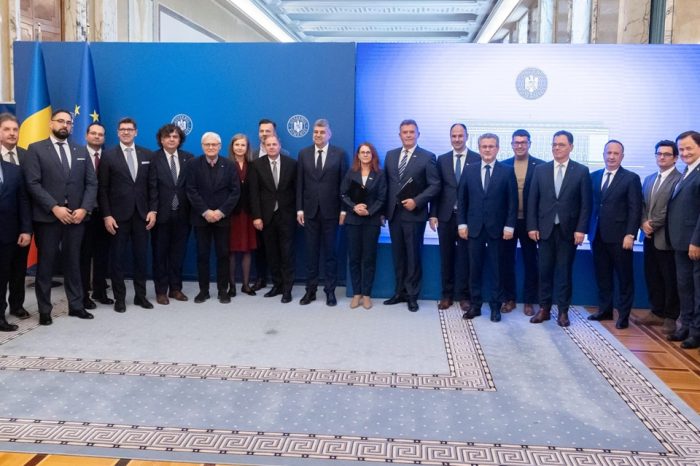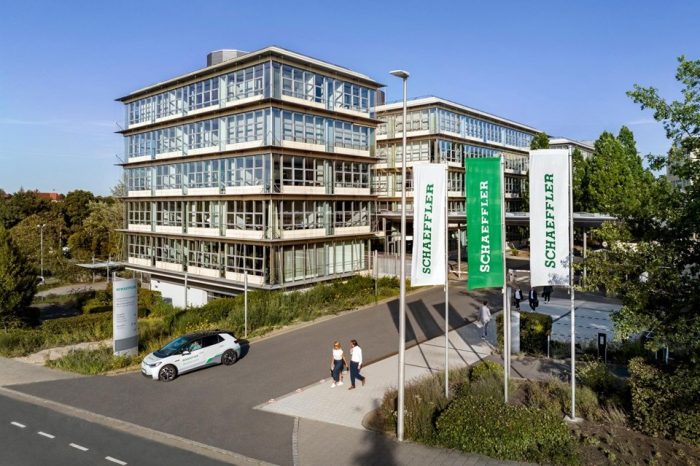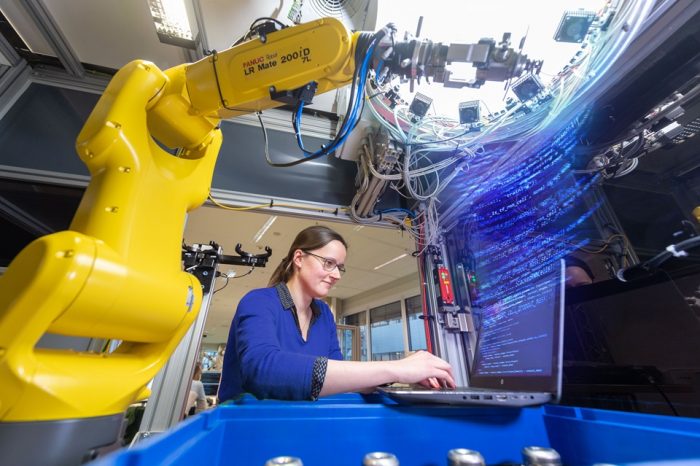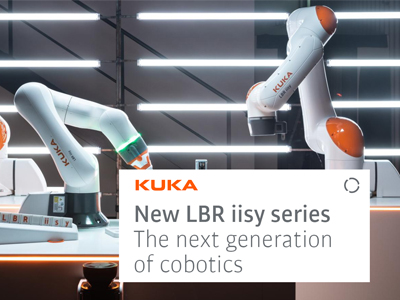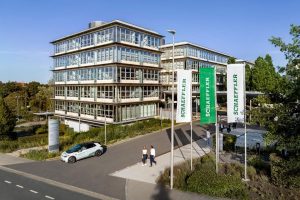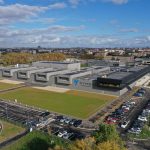Symbio inaugurates Europe’s largest integrated site producing hydrogen fuel cells
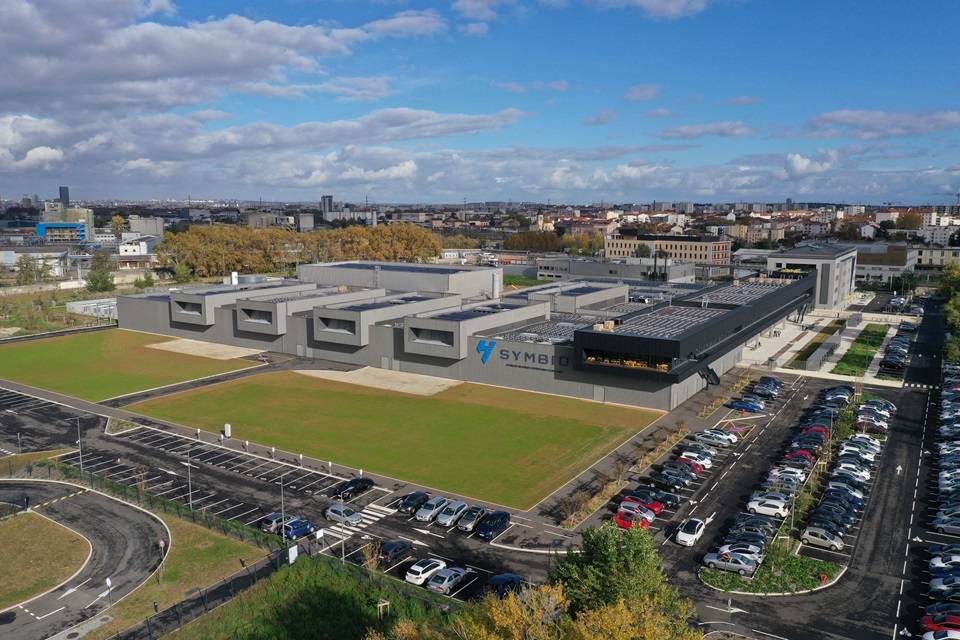
Symbio, an equally owned joint venture between Forvia, Michelin and Stellantis, is inaugurating SymphonHy, its first gigafactory, the largest integrated fuel cell production site in Europe.
Located in Saint-Fons, in the Auvergne-Rhône-Alpes region, the site houses the Group’s headquarters, a production plant, an innovation hub, and the Symbio Hydrogen Academy. With its state-of-the-art technology, SymphonHy has a high level of automation and robotics supporting large-scale industrial production at a more competitive cost. These developments are key to accelerate the roll-out of competitive, high-performance hydrogen-powered transport, and contribute to the energy transition and the ambitions of Europe to move towards net zero.
SymphonHy in figures:
- A current production capacity of 16,000, to reach 50,000 by 2026
- An existing surface area of 26,000 m2, 40,000 m2 by 2026
- 7,000 m2 of space dedicated to innovation
- 8,000 m2 of ISO 8-certified cleanrooms
- More than 450 engineers, including 100 dedicated to innovation and around 20 PhDs covering a wide range of disciplines (electrochemical engineering, chemistry, materials science, etc.), brought together in a single world-class innovation center
- A site that is energy self-sufficient and certified “Very Good” by BREEAM
Philippe ROSIER, CEO of SYMBIO: “SymphonHy is proof of Europe’s industrial and technological leadership. Together with the entire ecosystem and our private and public partners, we are ready to scale up and make hydrogen electric mobility, a sustainable, high-performance, and affordable reality. Delivered in less than two years, SymphonHy is testimonial of Symbio’s ability to meet its industrial commitments, underpinning the acceleration of zero-emission hydrogen mobility deployment. The first 100% fuel cell system assembled at SymphonHy was produced in October 2023, just one month after the gigafactory became operational.”
Patrick KOLLER, CEO of FORVIA: “A few weeks after inaugurating two major FORVIA sites in France to accelerate the decarbonization of mobility, I’m delighted to be part of this new step for Symbio, which is now sized to meet the challenges of the global market. This plant is further proof of our commitment to zero emission mobility. FORVIA believes in hydrogen technology as the only complementary credible alternative to battery electrification. With Symbio, we cover 75% of the hydrogen mobility value chain, from fuel cells to storage systems. We are working to develop innovative solutions to improve the range of our customers’ fuel cell electric vehicles. In 2022, FORVIA delivered 10,000 hydrogen tanks worldwide, a record and an important milestone in our quest to become number 1.”
Florent MENEGAUX, CEO of MICHELIN: “Michelin was a very early believer in hydrogen and in Symbio, which we acquired before turning it into a joint venture with Forvia in 2019. The entry of Stellantis into the capital this year confirms that hydrogen meets a constant concern to support the future of mobility. This technology is now proving to be an essential addition to satisfy the need for longer range, particularly for commercial vehicles, which are starting to be fitted out. It’s no coincidence that the Group recently announced a range of hydrogen-powered vehicles through its subsidiary Watèa by Michelin, a mobility operator specializing in the energy transition of business fleets, with an offer of hydrogen vehicle.”
Carlos TAVARES, CEO of STELLANTIS: “Symbio is the proof that three French-rooted and leading companies in their respective fields can join forces and expertise to be at the forefront. Today’s inauguration marks an important step as hydrogen is part of the mix of technologies we are bringing forward for commercial vehicle customers. This technology is a building block of the powerful electrification ecosystem we are developing to support our bold goal to reach, by 2030, 100% electric sales in Europe and 50% in the U.S. As Stellantis’ purpose is to ‘lead the way the world moves,’ hydrogen will contribute to reaching our ambitious carbon net zero by 2038 target, ahead of the competition in our fight against climate change.”
Moreover, in partnership with the German group Schaeffler, Symbio has set up a 50/50 joint-venture, Innoplate, to produce bipolar plates (BPPs), a strategic component in fuel cells. Based in Alsace, France, Innoplate will be operational in the first quarter of next year with an initial capacity of 4 million BPPs, rising to c. 50 million BPPs annually and employing over 120 people by 2030. Innoplate will help accelerate the production of new-generation BPPs for the PEM (proton exchange membrane) fuel cell market, improving performance and competitiveness while reducing costs.


